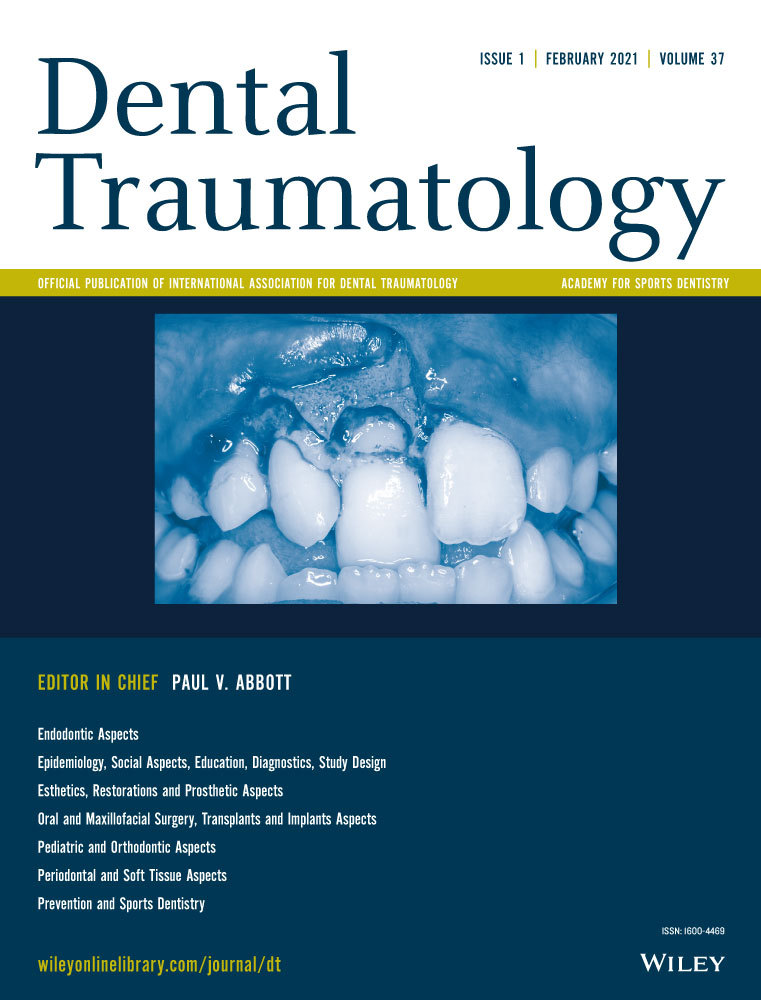Dentigerous cyst formation following trauma to the primary incisors: A case report
Abstract
Although usually considered to be of developmental origin, dentigerous cysts (DCs) have been reported to form in response to chronic periapical inflammation associated with primary teeth that have necrotic, infected pulps. This article describes the management of a DC associated with tooth 21 in a seven-year-old Caucasian child with a history of multiple TDIs to the primary maxillary incisors. Chronic periapical inflammation associated with a necrotic pulp in tooth 61 was identified as the likely cause of the lesion. Initial conservative management involved marsupialization of the lesion by extracting the necrotic tooth 61. Following significant decompression of the cyst, surgical enucleation was carried out under general anaesthesia and an orthodontic attachment was bonded to the crown of the unerupted tooth 21 to facilitate traction. Histopathological assessment of the enucleated tissue confirmed it to be a DC. Two years after the initial presentation, teeth 21 and 22 had erupted into the oral cavity, improving patient aesthetics. However, the root of tooth 22 was transposed with the crown of the unerupted tooth 23. This case highlights the undesirable sequelae that may occur following delayed and inappropriate management of TDIs.
CONFLICT OF INTEREST
The authors confirm that they have no conflict of interest.




